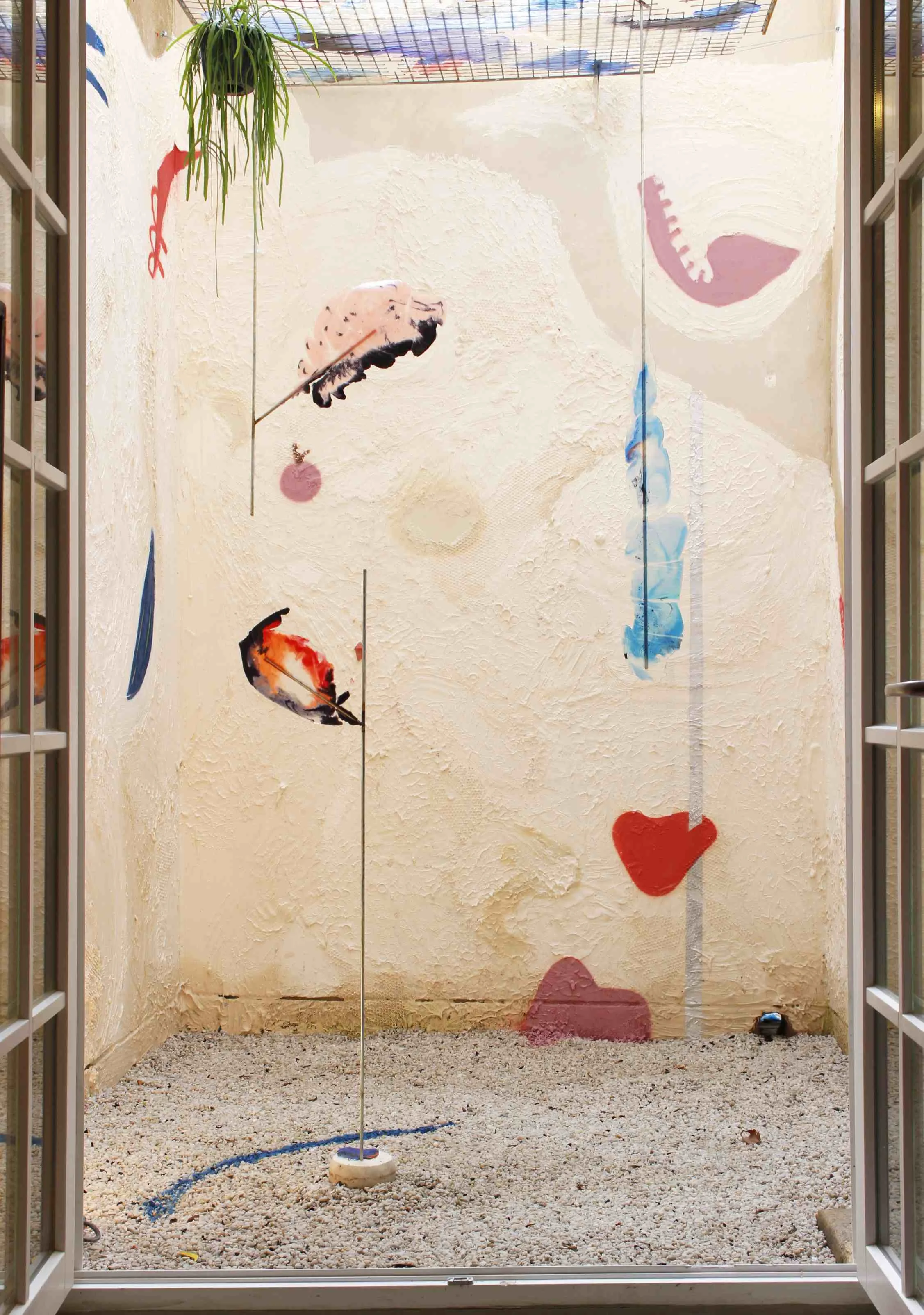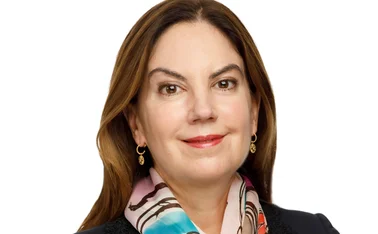
XL Catlin's Tania Bensoussan-Arthur on creative underwriting for fine art

Need to know
- More artworks are being made from non-traditional materials and exhibited outdoors
- The major risk for fine art is transportation
The world of fine art and specie underwriting needs to be as creative as the artworks it insures, explainsTania Bensoussan-Arthur, manager of XL Catlin's Specialty business in France.
This summer, XL Catlin was the insurer partner of an art exhibition with a difference. Paris is known the world over as a centre for art and is home to some of the world’s most famous museums. But the Parcours Saint-Germain-des-Prés exhibition required us to think creatively about how we covered the risk.
The annual exhibition sees contemporary art pieces installed at landmark locations throughout the 6th arrondissement of Paris. During this year’s event, entitled Fragments d’un voyage immobile, artworks were displayed in boutiques, cafés, hotels, restaurants, parks and squares.
Each of these venues, ranging from a Louis Vuitton store to the famous Les Deux Magots café - former stomping ground of Picasso and other celebrated artists - had differing insurance requirements. And the artworks, which included digital art, sculptures and photography, also all had unique insurance needs.
This meant we had to come up with a truly tailor-made solution.
As an art lover as well as an underwriter, I relished this challenge.
Our team was able to create a “door-to-door” insurance policy that covered the artwork against damage and theft both during the ten-day exhibition and also during transit between the artists’ workshops and galleries to the exhibition venues.

This event, and the featured artwork, is a great example of how the world of fine art and specie underwriting is changing.
In recent years, artworks are increasingly displayed outdoors, or are made from non-traditional materials.
For works that have no permanent state, there are risks such as vandalism, the effect of weather damage, and even terrorism.
Some artworks may contain precious metals or stones, which requires underwriters to include coverage for jewellery or antiques and collectables on the same policy.
Despite the Hollywood stereotype of art heists, the major risk for fine art is not theft but transportation.
The conditions that art must be kept in during transportation vary greatly depending on the type of work. For example, the conditions that a photograph must be kept in are very different from those that an installation must be stored in. If a work is on paper or canvas then the humidity levels and air conditioning must be closely monitored. For works such as tapestries and photographs, the light conditions are extremely important.
Traditional insurance risks, such as the weather, also affect the art world.
When the River Seine flooded in the summer of 2016, the Louvre and the Musée d’Orsay had to put risk management plans into action and move artworks stored in their basements. These plans had been well rehearsed and the artworks successfully were moved out of harm’s way.
The great Parisian artist Edgar Degas said that “art is not what you see, but what you make others see”.
As art underwriters, our challenge is to provide the behind-the-scenes coverage to enable people to see that work.
Further reading
Only users who have a paid subscription or are part of a corporate subscription are able to print or copy content.
To access these options, along with all other subscription benefits, please contact info@postonline.co.uk or view our subscription options here: http://subscriptions.postonline.co.uk/subscribe
You are currently unable to print this content. Please contact info@postonline.co.uk to find out more.
You are currently unable to copy this content. Please contact info@postonline.co.uk to find out more.
Copyright Infopro Digital Limited. All rights reserved.
As outlined in our terms and conditions, https://www.infopro-digital.com/terms-and-conditions/subscriptions/ (point 2.4), printing is limited to a single copy.
If you would like to purchase additional rights please email info@postonline.co.uk
Copyright Infopro Digital Limited. All rights reserved.
You may share this content using our article tools. As outlined in our terms and conditions, https://www.infopro-digital.com/terms-and-conditions/subscriptions/ (clause 2.4), an Authorised User may only make one copy of the materials for their own personal use. You must also comply with the restrictions in clause 2.5.
If you would like to purchase additional rights please email info@postonline.co.uk








